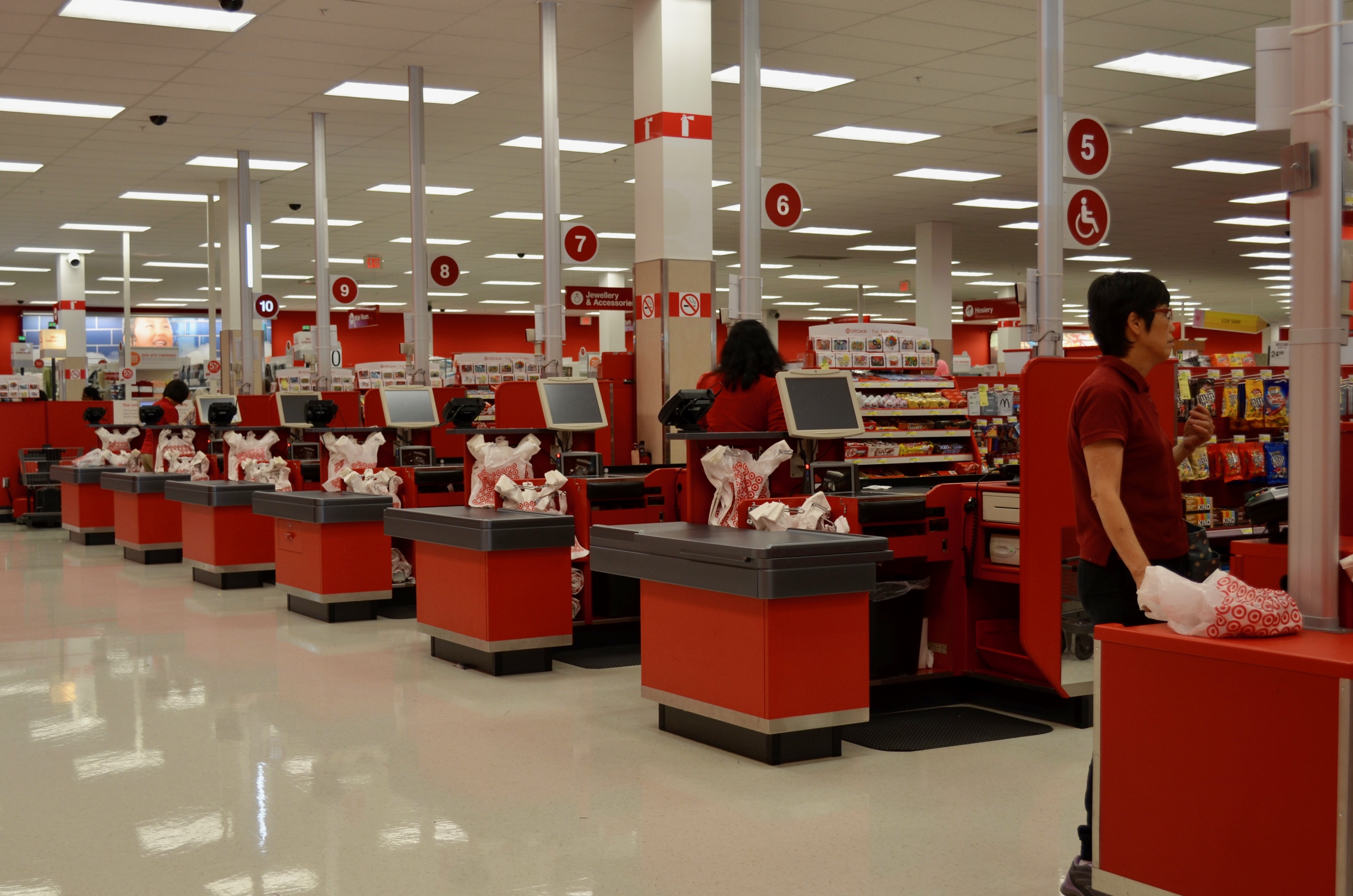No matter how much I plan, I always seem to need to do last-minute shopping before the holidays. If you’re in this situation too, you’ll have some time on your hands as you stand in line to pay. This is a perfect opportunity to examine what makes the retail store environment work from a semantic perspective.
Consider how you know where in the store to go to pay for the things you’re buying. Although this knowledge may seem natural to you at this point, this is probably because you’ve already used these types of places in the past. There was a time when you didn’t know; you learned by watching others do it or by asking. After that, you’d start looking for signs in the environment that tell you where to go to pay.
For example, assume you’re shopping at a new Target store, one you hadn’t been to before. If you were ready to pay, you’d look for particular indicators in the environment:
-
A series of stations (which correspond to your mental image of what a checkout counter looks like),
-
An unusual concentration of the brand color (red),
-
An unusual concentration of uniformed personnel,
-
A series of visibly-located indicators of which lanes are in use,
-
People standing in line,
-
Proximity to the store exit,
-
etc.

Target checkout lane. Image: https://commons.wikimedia.org/wiki/File:TargetCanada.JPG
These elements don’t need to include English signs that say “Pay Here!”; you already understand the visual and spatial language (“retailese”?) they use without needing it spelled out literally. This spatial language relies on various factors:
-
the elements present in the environment (checkout lanes, the color red, uniformed employees),
-
the relationship between these elements (the rhythm established by the parallel checkout lanes, the unusual concentration of employees),
-
their position within the broader context they’re in (the fact they’re near the entrance/exit),
-
etc.
People have been buying stuff in physical environments such as retail stores for many years. The rituals, symbols, and layout that best support transacting in these environments have evolved and stabilized over that time. On the other hand, digital information environments such as websites and apps are still relatively new, so these places have to rely on clunky metaphors brought over from the physical world (e.g., shopping carts) to accommodate these sorts of processes.
I expect information environments will eventually develop spatial languages of their own, in addition to (and in support of) the more literal labeling of elements in the environment. As we’ve seen with physical environments, these layouts will become widespread and expected. As the typology of different environments stabilizes, you’ll find them easier to use.